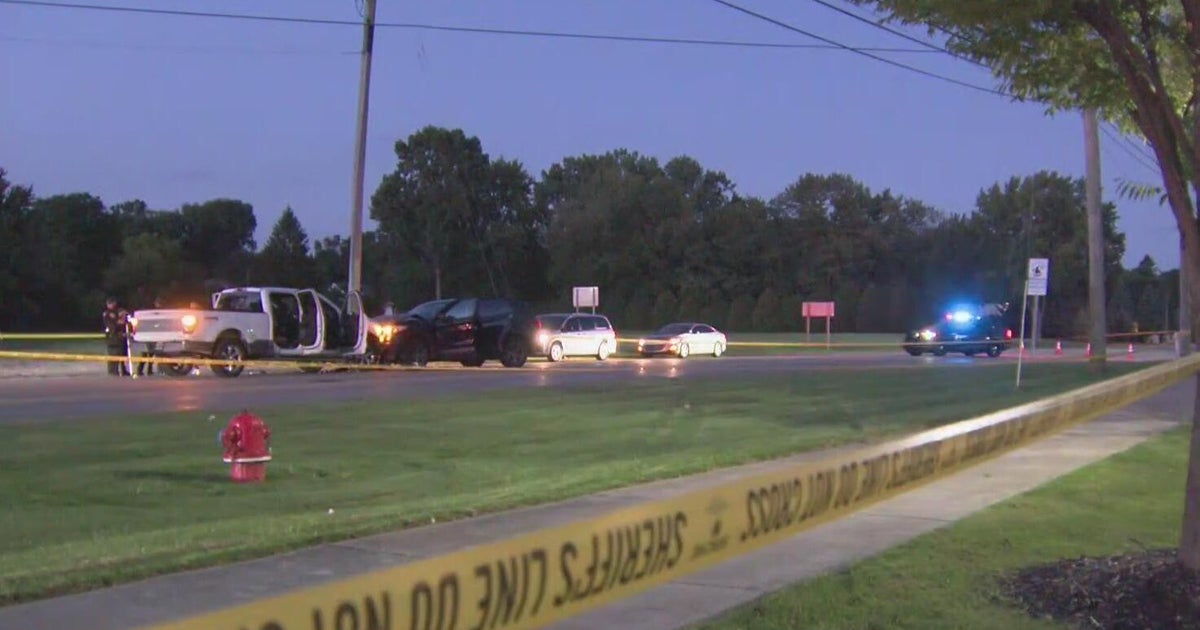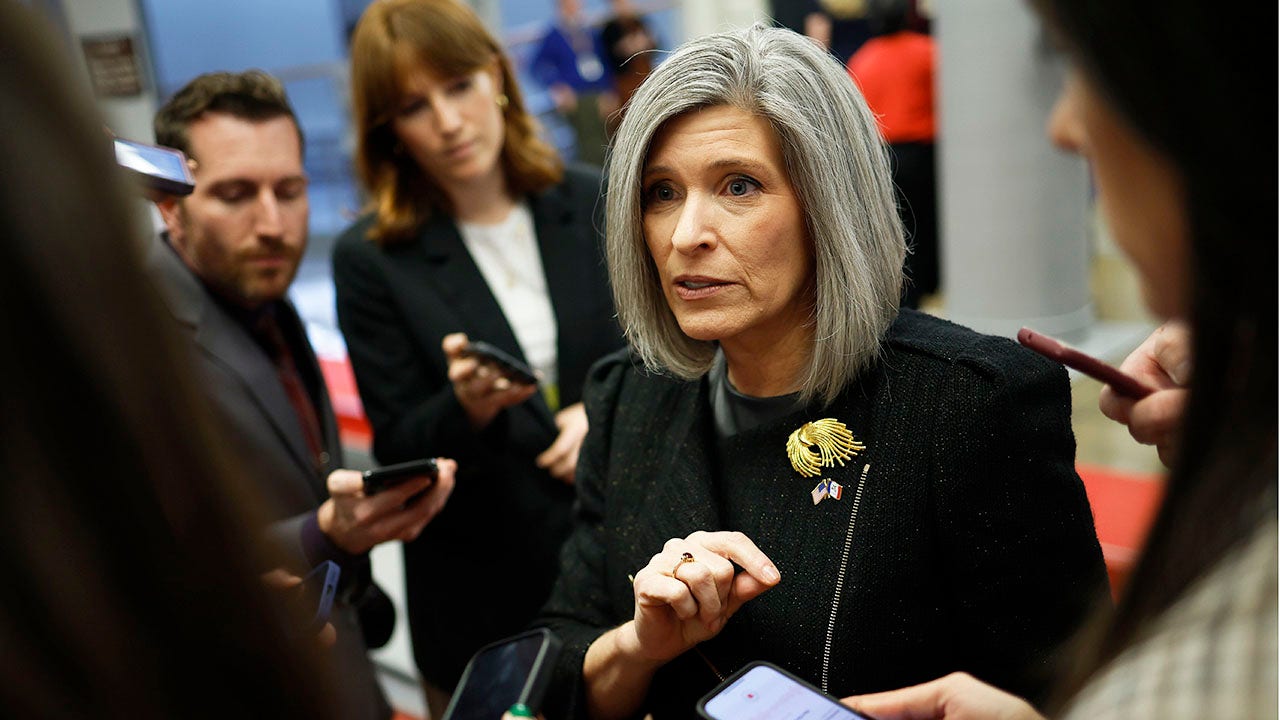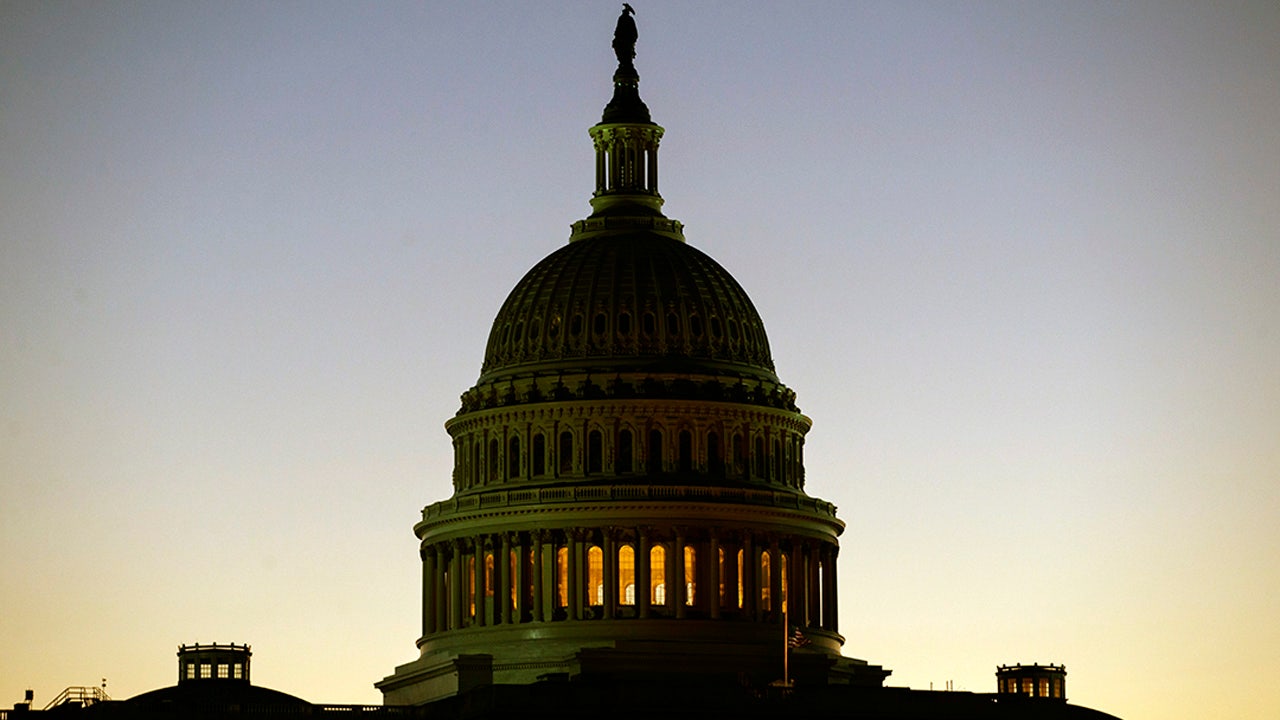Vermont
Paul Keane: Vermont hate crime hits home for man paralyzed at Kent State

My friend Dean Kahler and I have been communicating about Hisham Awartani, the 20-year-old Palestinian student paralyzed in a shooting in Burlington, Vermont recently.
I live in Vermont and am deeply disturbed by what seems like a hate crime. Two of Hisham’s friends, also 20, and one a Trinity College student, also were shot, as all three walked on Prospect Street in Burlington the Saturday after Thanksgiving. They were chatting in Arabic and wearing the white and black checkered scarves typical of Palestinians as 48-year-old Jason Eaton allegedly turned on his porch and shot all three of them. Eaton pleaded not guilty. The U.S. Department of Justice, and state law enforcement agencies, were investigating whether the shooting was a hate crime.
Dean Kahler is the student paralyzed when the 22 National Guardsmen wheeled around near Kent State University’s famous Pagoda, knelt, and aimed their rifles, shooting into a crowd of student protesters.
The bullets killed four students, two girls and two boys, all either 20 or 19, and wounded nine other students. Dean is classified as a “T-9 paraplegic”, meaning he only has feeling as far down as the 9th thoracic vertebra in his back.
“The bullet shattered, T-9,10,&11. It is in my chest in void where the lower lobe of my left lung was…very clear in any and all chest x-rays,” Dean tells me.
Dean has been in a wheelchair for all those 53 years.
Tony Dejak/AP
A man reads the Ohio historical marker commemorating the Kent State shootings, Monday, May 4, 2020, in Kent, Ohio. The Ohio National Guard opened fire on unarmed college students during a war protest at Kent State University on May 4, 1970. Four students were killed, and nine others were injured. Not all of those hurt or killed were involved in the demonstration, which opposed the U.S. bombing of neutral Cambodia during the Vietnam War. (AP Photo/Tony Dejak)
Hisham was the most seriously wounded of the three Palestinian students walking in Burlington. A bullet is lodged in his spine. The wound is similar to that suffered by Dean at Kent State 53 years before.
“I hope he has a good family to support to guide him through these difficult early days of his disability. Along with friends and his immediate community,” Dean texted me.
We can hope advances in physical therapy and brain implant technology will make Hisham’s recovery trajectory different from Dean’s own.
“I wish him well. Those, plus psychological help,” Dean said. “Early encouragement and lifestyle information. I didn’t get that until I was sitting up, until late August.”
I asked what he meant by “lifestyle.” Dean replied that those who suffer paralysis must learn about “sex, bathroom routines, dressing, nutrition, hydration, adjusting to the time it takes to do things to get going each day. To name a few. Inspecting one’s skin at least twice daily. Checking skin for red hot spots.”
Then I recalled what Dean told me in 1973 when we went to the White House to lobby for a federal grand jury investigation of the Kent State shootings. We shared a hotel room and Dean told me he had to check his torso and legs every day with a mirror to make sure there were no cuts. He could exacerbate a cut and create a pressure wound or sore without knowing it because he can’t feel anything from his 9th thoracic vertebra to his toes.
At one point Dean’s wheelchair got stuck between the toilet and sink and he couldn’t get into the bathtub. He asked my help in lifting him into the tub. I am ashamed to admit I was terrified when I saw the scar across his chest from the surgery to save his life. It looked like he had been struck by lightning.
Dean is now 73. He completed three marathons in his wheelchair. He competes in 5k, 10k, and half marathons yearly. Sometimes he is the only disabled entry in the race. He has been an Ohio county commissioner and a public school teacher. Dean lobbied for the Americans with Disabilities Act in his wheelchair. The architectural traps and dead ends for the disabled he encountered in 1973 are now illegal in 2023.
Dean told me he wishes Hisham well. And he didn’t just leave it at that. He told me what the world needs to know about paralyzed people to help that wish come true. No euphemisms, just plain talk.
Paul Keane is a Connecticut native, a retired Vermont teacher and a graduate of Kent State and Yale Divinity School. He was attending Kent State in May 1970.

Vermont
Vermont murder suspect arrested in New York

PORTLAND, N.Y. (WCAX) – Police say the suspect in a Vermont murder was arrested in New York on Wednesday.
Terrence Biggs Jr., 25, of Michigan, was wanted in the deadly shooting of Austin Rodriguez, 26, of Rutland. It happened at a home on Summer Street on April 22.
Investigators say state police in New York arrested Biggs during a traffic stop in Portland, New York, that is in western New York, early Wednesday morning.
Biggs is charged with second-degree murder.
We still don’t know what authorities think led to the shooting or what the connection was between the two men.
Copyright 2025 WCAX. All rights reserved.
Vermont
Vermont shelter celebrates 68 adoptions in one month

Vermont
A covered bridge quest in Vermont – VTDigger


This story by Tim Calabro was first published in The Herald on Sept. 11, 2025.
Phill Gatenby rolled over the Moxley Bridge in Chelsea with a plastic skeleton riding shotgun in his Jeep, having made the long drive from Brattleboro for an early morning visit. Just a year ago, the Manchester, England native — by way of Florida — had never laid eyes on a covered bridge. Now he’s smitten.
Gatenby recalled seeing a covered bridge while driving around and thinking, “Oh, that’s interesting. I’d never seen a covered bridge in my life before. Never really heard of them,” he said. “A couple days later, I was going to Townshend, and all of a sudden it’s the Dummerston Bridge, and I’m just like, different size, different shape, different color.”
He stopped for directions and as he got lost on the back roads, he saw more and more covered bridges.
What started as casual curiosity has evolved into a quest: visit and film all 100 of Vermont’s authentic, historic covered bridges and share the journey on YouTube in a series titled “Vermont’s 100 Covered Bridges.”
So far he’s been to 50 and cranked out 37 videos of his visits — one every Sunday.
The most recent set of episodes has focused on the covered bridges of Tunbridge, Chelsea, and Randolph.
No two are quite alike. From king and queen trusses to parallelogram-shaped spans built on bends, like some on the First Branch, Gatenby has come to appreciate their variety and character.
And, stepping back from the bridges, the entire scene fascinates Gatenby.
“I mentioned this in the Kingsbury Bridge [episode]. I was at the bridge and I looked, and you’ve got the green mountains in the background and rolling hills. Then you’ve got the farm with the — is it the corn towers? — the river and a covered bridge. And it just says, like, you can’t get more Vermont!”
Gatenby’s process is rigorous. Each episode takes hours to shoot and edit. He gets different angles — sometimes driving through a bridge three or four times for the right shot. He’s waded into rivers, climbed steep banks, and once filmed inside a long-retired bridge that had been turned into a town shed.
“I try and do something that’s consistent,” he says. “So it’s, you know, the same start, the same middle. I go in the river. I’ve been in every single river so far.”
Gatenby credits community access TV stations — first Okemo Valley TV in Ludlow and now Brattleboro Community TV — for helping him build his skills and loaning him equipment.
“They literally brilliantly sat down and five, six, seven weeks went through how you do it,” he recalled.
Gatenby’s episodes go out via Okemo Valley TV’s YouTube channel and have regular times on the Okemo Valley and Brattleboro TV stations.
Form, Function, History
Vermont once had more than 600 covered bridges, Gatenby noted, but flooding and age have winnowed down the number greatly. Now, 100 remain and many towns hold clusters of them.
Tunbridge, for example, boasts five (Flint, Larkin, Mill, Cilley and Howe), with the Moxley bridge just over the Chelsea line. Randolph has three (Kingsbury, Gifford, and Braley or Johnson), all of them along the Second Branch.
Gatenby pointed out that three of the First Branch bridges were built by the same person, Arthur Adams. That’s a phenomenon common to covered bridges, Gatenby noted. Oftentimes the same person who had the skills to build a bridge would become the area’s go-to expert.
As Gatenby visits each of the 100 covered bridges spread throughout the state, he points out the history and construction techniques used in each, particularly the suspension methods unique to covered bridges. Most covered bridges in the White River Valley make use of modified king trusses, posts fitted into a triangle, which provide strength to the structure. Some, like the Moxley bridge, use both king trusses and square queen trusses around them.
Vermont’s covered bridges aren’t just structural relics, though — they’re cultural icons.
Some have graced the silver screen, including the Kingsbury Bridge in Randolph, used by Alfred Hitchcock as scenery in his 1955 film “The Trouble with Harry.”
“North by Northwest” has its dramatic crop duster strafing Cary Grant, Gatenby jokes in one of his episodes before cutting to a humble, scenic shot featuring the South Randolph bridge. “Unfortunately, it wasn’t quite as glamorous as that!”
The Chiselville bridge in Sunderland — Gatenby’s favorite so far — featured in “Baby Boom,” Diane Keaton’s 1987 film, and a year later, in the 1988 Chevy Chase and Madolyun Smith Osborne comedy, the Upper Falls bridge in Weathersfield made for a memorable gag (“I wouldn’t go that way if I were you”).
Another memorable stop is East Corinth, where the prop bridge used in “Beetlejuice” was fabricated out of whole cloth for the two weeks of filming. “Thousands of people go there every year,” he said, noting that the set-piece, used now as a shed at a ski area, doesn’t count among the authentic and historic bridges he films.
Nor, he said, does the Quechee Bridge. Though it is often mistaken for a traditional covered bridge, it’s just a facade.
“It’s concrete and steel. There’s very little wood,” Gatenby said. “You see the wood on the outside and the roof.”
Traditional bridges are completely made from wood and use a variety of truss systems to strengthen the span.
Place and Purpose
Gatenby moved to Vermont from Florida in July of last year. He now lives in Brattleboro with his wife and works as a shift supervisor at a home for adults with mental health issues.
“I’m a trained youth worker in England,” he said, having spent years working for the Prince’s Trust, a charity founded by King Charles. His day job might be demanding, but the early hours leave room for exploration.
“Three o’clock to 11:30 at night, so the daytime allows me to spend time in the TV studio,” he says. That flexibility has enabled him to squeeze in long road trips, sometimes filming six or seven bridges in a single day. “I’ve got to do minimum six, seven bridges each trip now,” he added. “To make it worth it.”
This Sunday, the show’s 38th episode will be released.
“I’m doing a little special 50th episode,” he said, noting the halfway point in the 100-bridge journey. “That’s where I’m bringing in stuff like the Quechee bridge. Because people said, ‘Oh, you didn’t go to the Quechee.’”
As the series nears its midpoint, Gatenby’s audience is slowly growing, both online and in the communities he visits.
“It’s just amazing … you know, and I’m just visiting them all,” he said, “places that I wouldn’t have got to see otherwise.”
With 50 more bridges to go, Vermont’s covered bridge guy still has miles to travel and stories to uncover.Gatenby’s series of covered bridge videos can be watched on Okemo Valley and Brattleboro public television stations or found on YouTube.
-

 Finance6 days ago
Finance6 days agoReimagining Finance: Derek Kudsee on Coda’s AI-Powered Future
-
World1 week ago
Russian jets enter Estonia's airspace in latest test for NATO
-
North Dakota6 days ago
Board approves Brent Sanford as new ‘commissioner’ of North Dakota University System
-

 World5 days ago
World5 days agoSyria’s new president takes center stage at UNGA as concerns linger over terrorist past
-

 Technology5 days ago
Technology5 days agoThese earbuds include a tiny wired microphone you can hold
-

 Culture5 days ago
Culture5 days agoTest Your Memory of These Classic Books for Young Readers
-

 Crypto5 days ago
Crypto5 days agoTexas brothers charged in cryptocurrency kidnapping, robbery in MN
-

 Crypto6 days ago
Crypto6 days agoEU Enforcers Arrest 5 Over €100M Cryptocurrency Scam – Law360




















